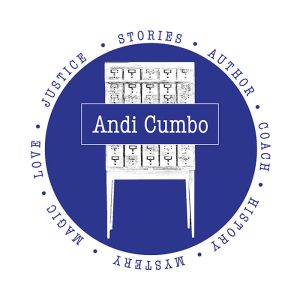I was about a quarter-mile up the driveway when it hit me: I am really mad. I can’t believe he said that. I can’t believe HE said THAT. What was he thinking? Why in the world would someone think it acceptable to share that?
By the time I turned the corner, a half-mile into my five, I was so angry I was crying. I screamed. I punched the air. (I can do these things on a farm where only the deer and lizards hear me.) I was raging.
This is what I needed. A chance to move my body down the road so that the places in my spirit that were so jumbled could settle into something cogent. I needed to realize I was angry and look at it straight on. As soon as I did, I felt my shoulders release and my mind settle into a familiar pattern – the analytical one that lets me write about what makes me feel most strongly. By the time I was ready to turn around and head back home, I had the opening lines to an essay composed in my mind. My anger was gone.
Often my impulse is to start writing when I’m upset, even when I’m not sure what’s going on. This is certainly a fine instinct . . . if I’m journalling just for myself. But if I’m going to write for anyone else, I have to get these feelings into something more organized, more clear, more focused . . . less blast of fire in your face, more gorgeous, intense controlled burn.
My students and I often tussle with this idea, particularly as it relates to revision. Many of them want to just pour out their emotions and hand them to a reader in their rawest form. But as Nigel pointed out on So You Think You Can Dance last week (I love any show where people get to put their passion out there for the world), there is such a thing as putting your passion and your emotion too much out there. It doesn’t draw the audience in; it pushes them away. To be a good writer, that passion has to come through with control. . . . A raging inferno just makes people run, but a artfully laid bonfire can draw us in to its beauty without burning us in the process.
Today, if I had just started pouring out my anger and frustration, it would not have been art. It would have probably been hurtful, unclear, and unfocused. Nothing anyone would want to read.
After I screamed and punched the air in front of me a couple of times, I looked up to see a beautiful, yearling buck staring at me, just off the road to my right. My outburst must have startled him from sleep. As he looked me directly in the eye, I took a deep breath and gazed back at him. That was the moment, the connection, the place where he and I could meet. I couldn’t scream or jump about or even talk. I just looked at him, watched his wet eyes, and breathed. That moment, that is what writing is all about.

